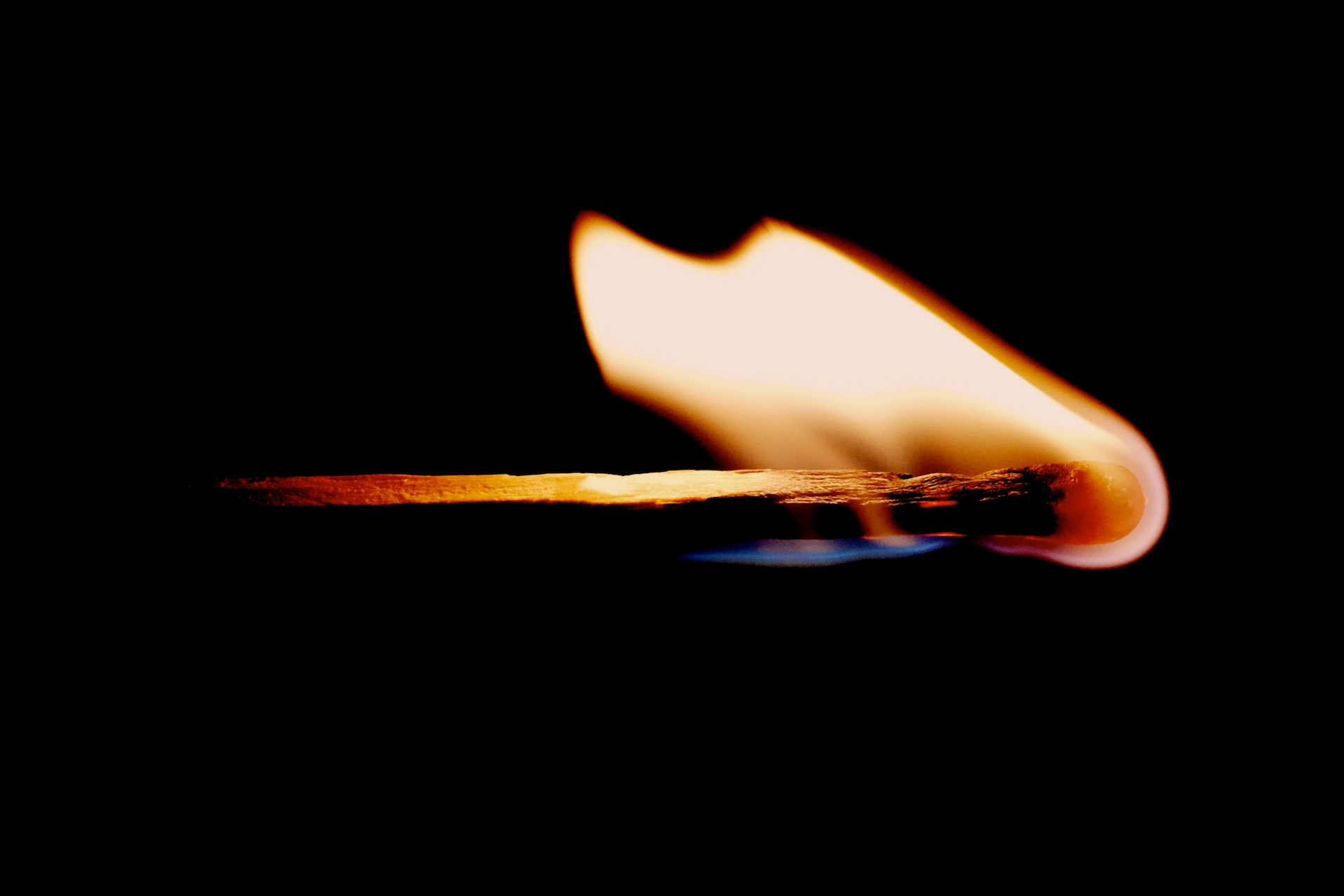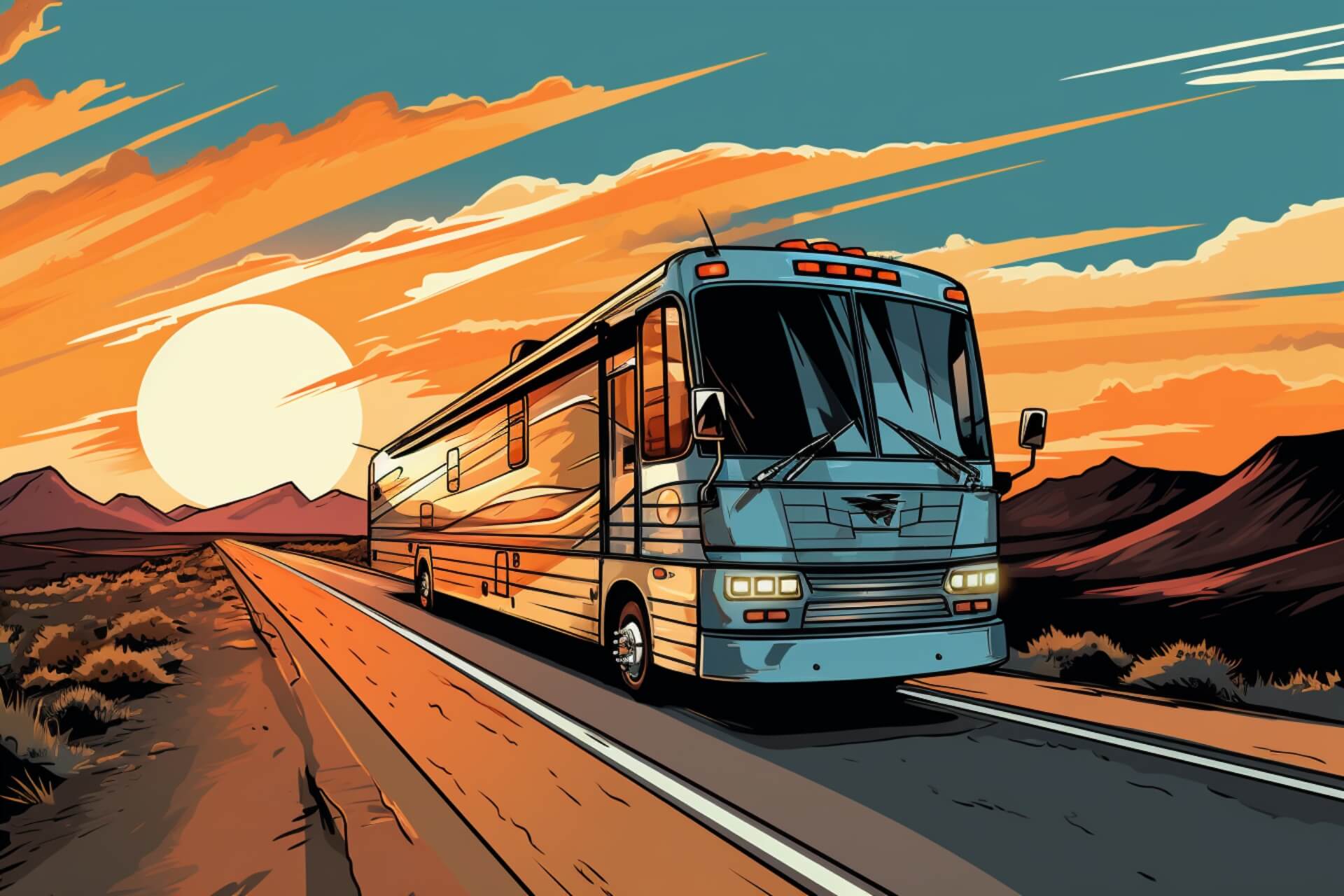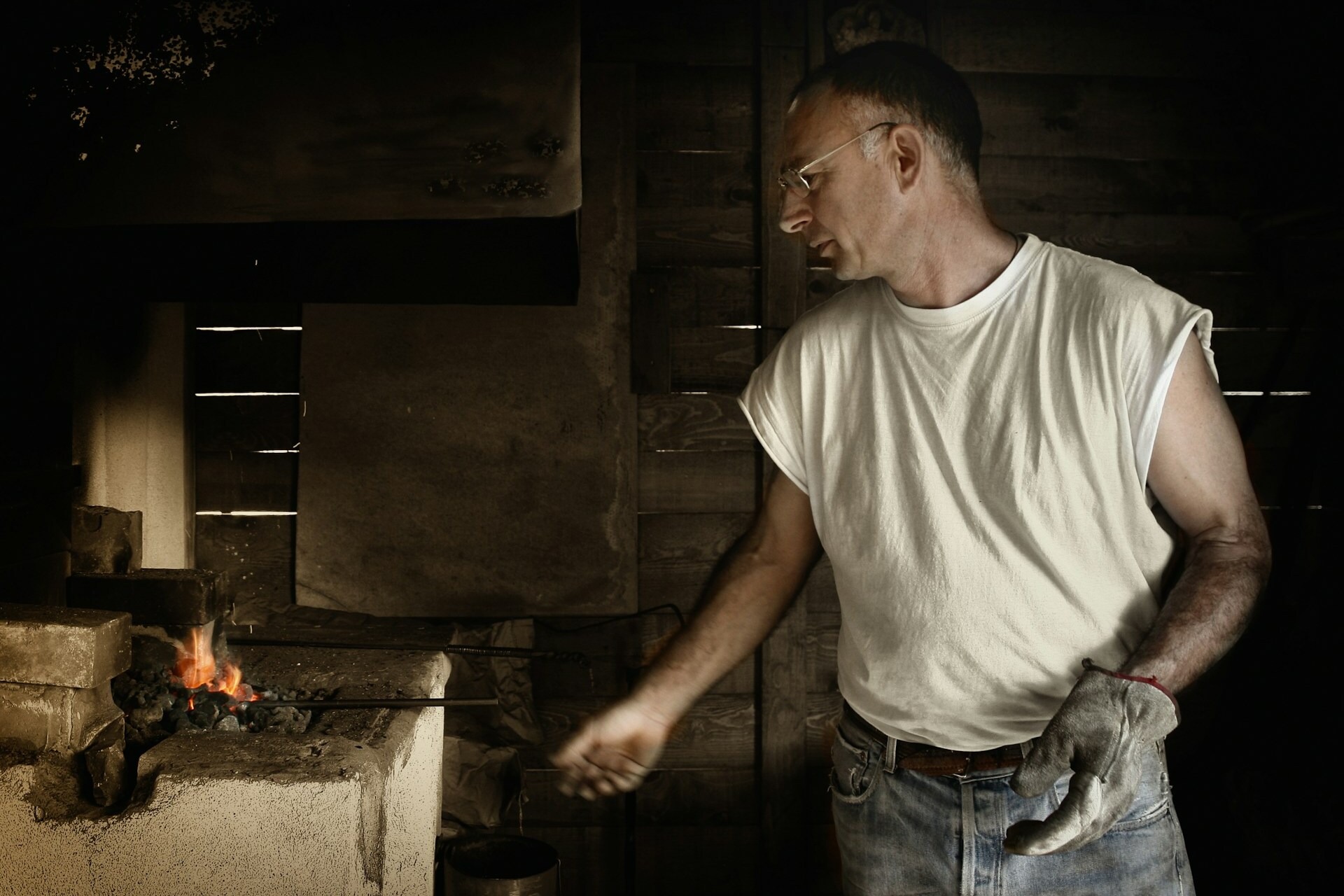How to Treat a Burn: Your First Aid Guide
Mar 27, 2023

As an Amazon Associate, Modded gets commissions for purchases made through links in this post.
Let’s face it, humans get up to some fairly dangerous activities, like welding, that sometimes result in injury. Plus, if you’re a parent, you need to know what to do if your little one needs help. That means mastering basic first aid, including how to treat a burn.
Why does it matter? First of all, knowing the right treatment course stops the pain faster and gives the injured person a sense of security that you know what you’re doing. Furthermore, quick intervention can prevent scarring and more serious injury.
Fortunately, most such injuries are mild, requiring only minimal intervention. Here’s your guide to how to treat a burn.
Step One: Survey the Scene and Call for Help
The first step in any emergency, including treating a burn, is to survey the scene. Why? You don’t want to rush headlong into a dangerous environment, putting yourself at risk and potentially creating a bigger headache for first responders. While stories of heroically running into burning buildings may make headlines, the ones that don’t all too often result in unnecessary tragedy.
Types of Burn
When surveying the scene, please remember there are different types of burns. For example, treating electrical burns means first ensuring there are no live wires that may contact you or the patient — the current travels through bodies. The different causes of burns include:
- Thermal burns: Caused by fire, hot objects, steam or liquid.
- Electrical burns: Caused when a person contacts an electrical current, often a frayed cord.
- Chemical burns: Results from contact with acid or another harsh irritant.
- Friction burns: Caused when the skin rubs against a hard surface.
- Radiation burns: Results from contact with a radioactive substance, most often in chemotherapy patients undergoing high doses.
Once you ensure the scene is safe, you can offer aid. If the wound appears severe, specifically direct another person to call for help by pointing at them and saying, “you, call 911.” If alone, make the call, then administer aid.
Step Two: Cool the Burn
The second step in treating a burn is to stop the burning. It typically involves nothing more than getting the injured individual to run the burn under cool water. However, you may need to take extra steps, such as getting someone to stop and roll to extinguish flames.
The Degrees of Burn
Burns come in three degrees:
- First-degree burns: Red, unblistered skin.
- Second-degree burns: Blisters and some skin thickening.
- Third-degree burns: Widespread thickness and a white, leathery appearance. The remaining skin appears dark brown or black. Bone and muscle may be visible.
Once the person is out of immediate danger, your next step depends on the degree of burn. For first-degree and most second-degree burns, you should run the affected area under lukewarm-to-cool — never cold or icy — water until the burning abates. You’ll then follow the next step, seeking medical attention when necessary.
A third-degree burn is a medical emergency. Do not move the patient other than to remove them from the heat source. Call 911 and make them as comfortable as possible until help arrives, keeping the affected area elevated above the heart if possible. Do not attempt to remove clothing or anything else stuck in the wound.
How Long Should I Cool a Burn?
In general, you should cool a burn anywhere from 5 to 20 minutes. The more severe the burn, the longer it will take to cool, so be patient in the case of second-degree injuries.
Step Three: Dress the Burn
To dress a burn, cover it with a clean, sterile gauze pad. Wrap it loosely with a sterile gauze roll to hold it in place. In general, you should change this bandage at least once daily, more often if it becomes wet or dirty.
What Burn Ointment Should I Use?
For first-degree burns, you can apply a layer of aloe vera or lidocaine to ease the pain. For second-degree burns, you may also use aloe, although your health care provider may prescribe a stronger ointment like silver sulfadiazine to prevent infection.
A Special Note on Blisters
A blister is part of your body’s innate healing response, protecting the new skin underneath. Therefore, you should refrain from popping them. Instead, cover blisters with a cloth, using padding cut into a donut shape to prevent accidental rupture.
Step Four: Seek Medical Care
It bears repeating that third-degree burns require immediate emergency medical intervention. Please call 911 right away — don’t hesitate.
What about treating second-degree burns? If they’re bigger than three inches or occur on the face, feet, hands, groin or across a joint, you should seek assistance. The right intervention can prevent scarring that affects more than your appearance — it may inhibit your mobility.
Bonus: What Not to Do to Treat a Burn
Unfortunately, some myths about burn care persist, which can complicate treatment. Please do not do the following when treating a burn:
- Use Ice or Cold Water: Ice can burn, forming crystals that damage the cell structure. Extremely cold water can hinder healing by constricting vessels and restricting blood flow.
- Use Butter or Vaseline: These substances can hold heat in the skin, causing further burning.
- Break Blisters: Doing so increases your infection risk.
- Delay Treatment for Large or Severe Burns: It’s natural to avoid medical care if financial concerns weigh on your mind, but please don’t delay. The permanent injury that can result can cause further economic harm.
How to Treat a Burn
If you’re a parent or work in a high-risk profession like a chef or a welder, you need to know how to treat a burn. Rapid intervention can prevent further damage and hasten healing.
Follow the steps above to treat a burn and help the injured person get back to feeling better quicker. The best way to be a hero is to know what to do in an emergency.





